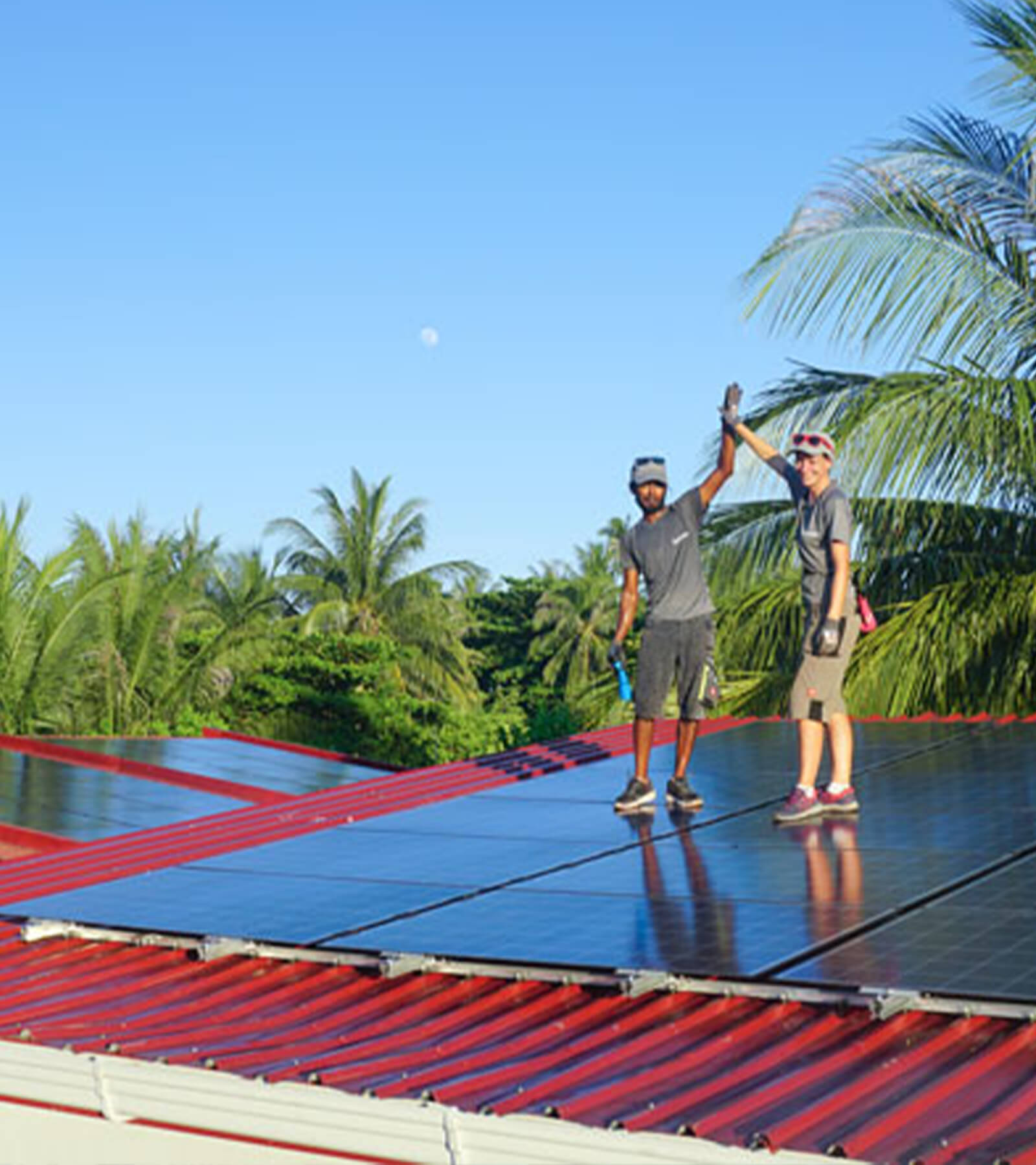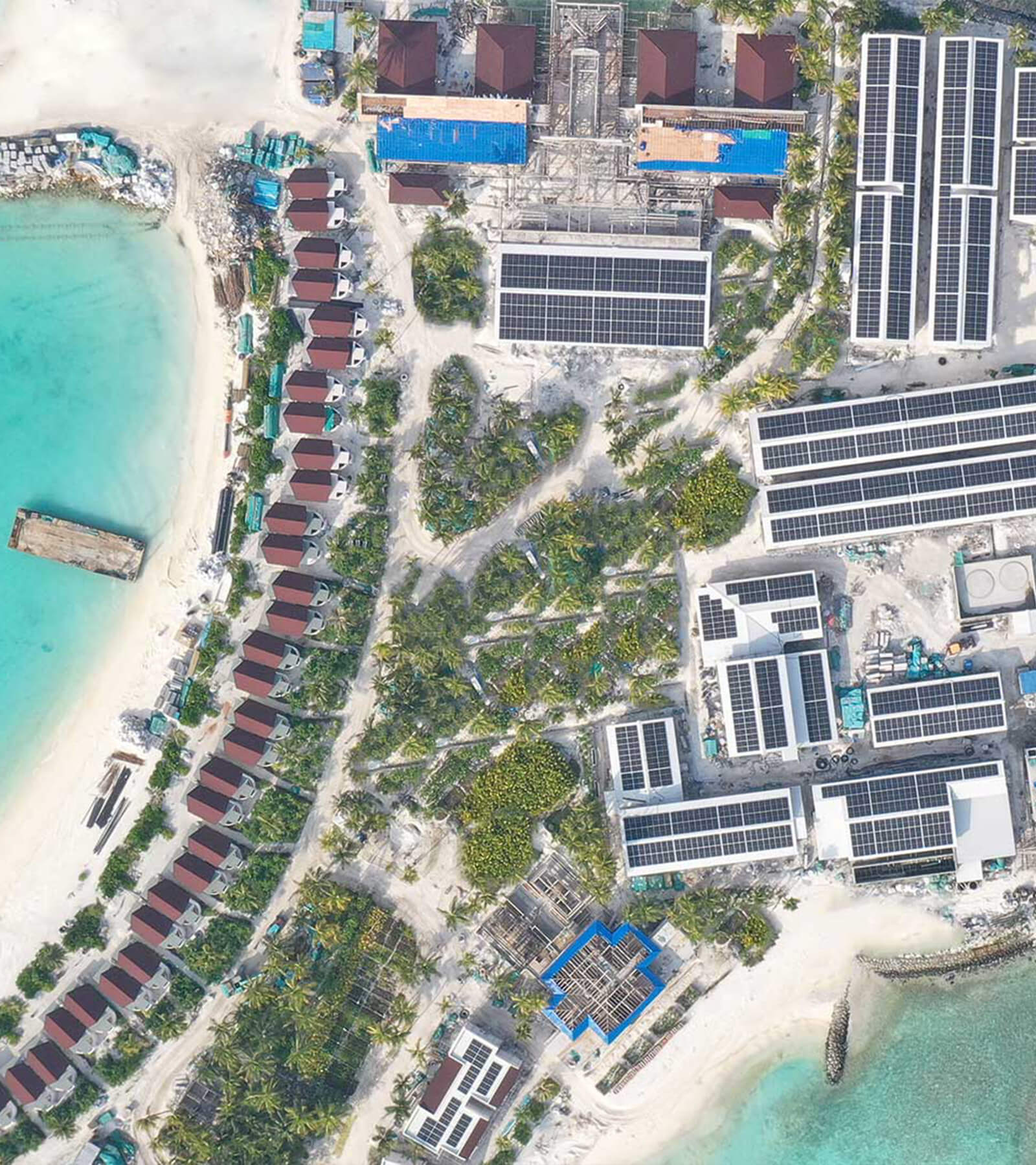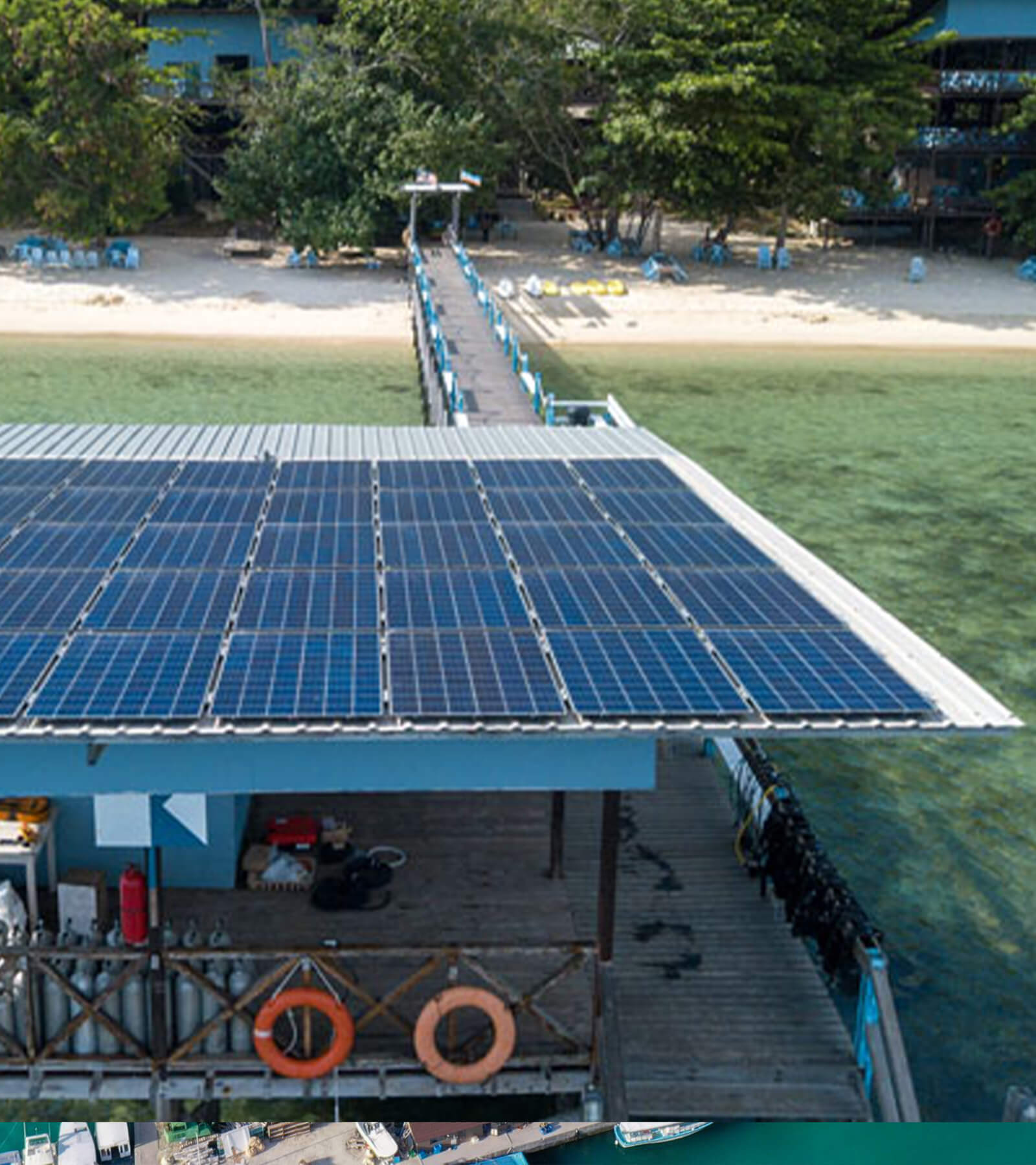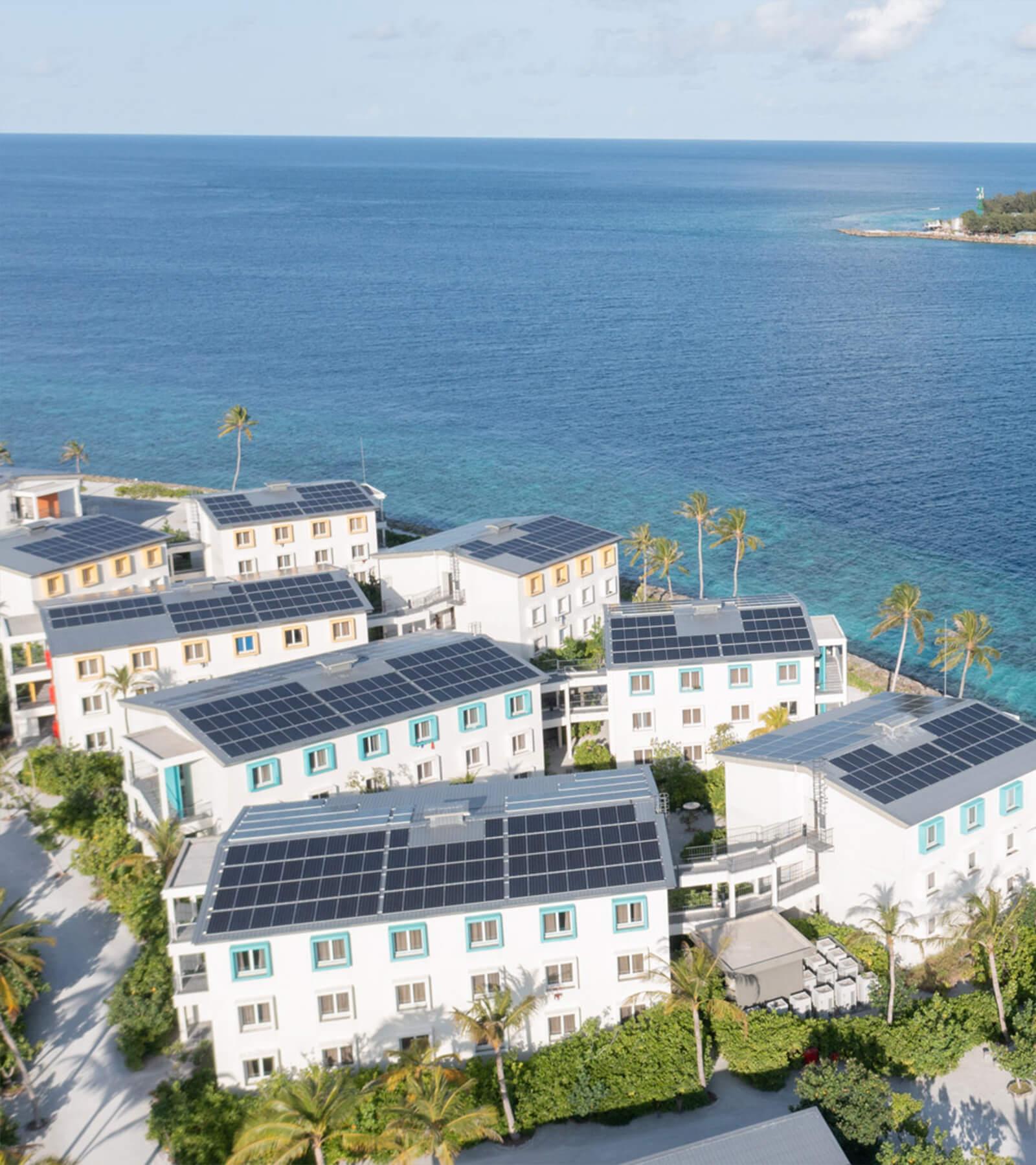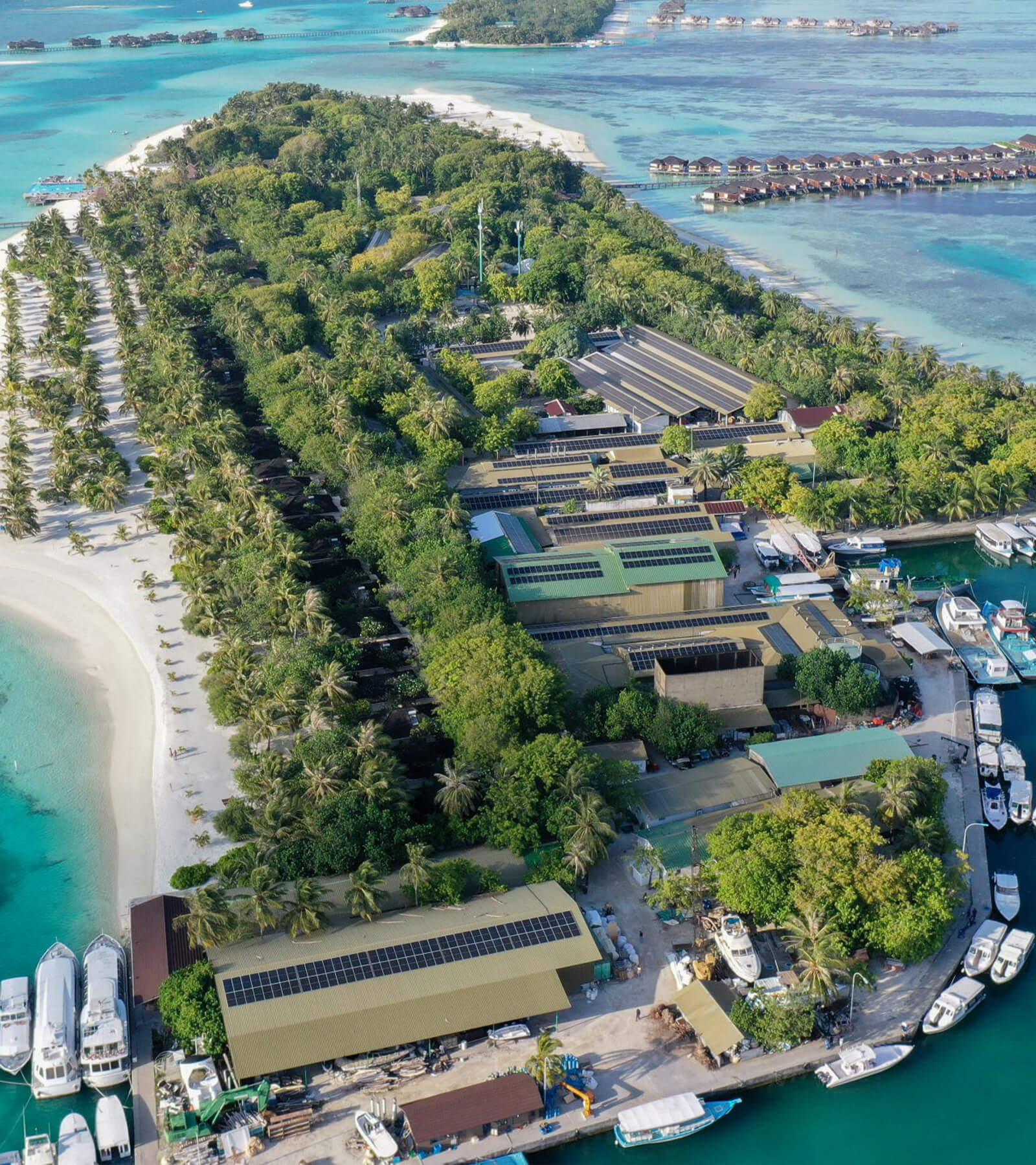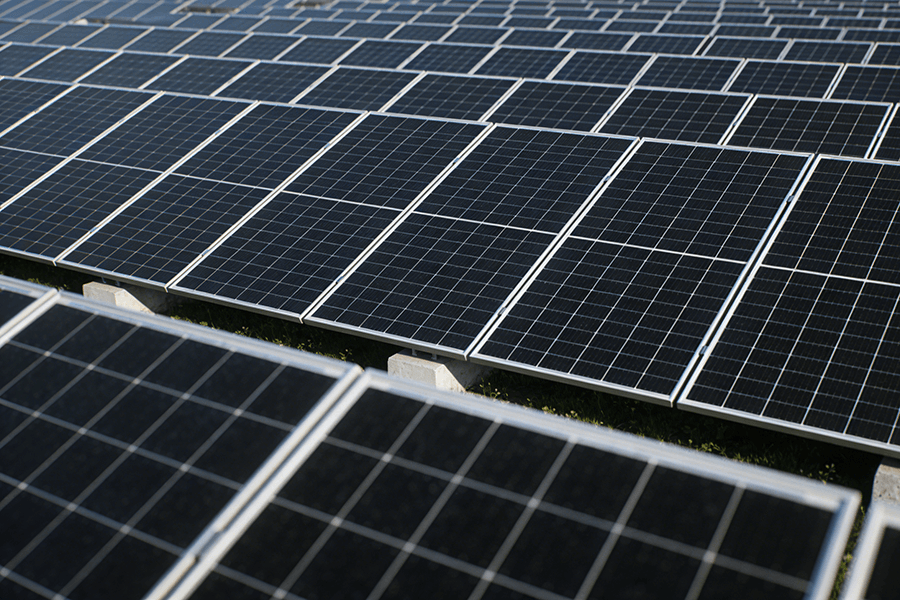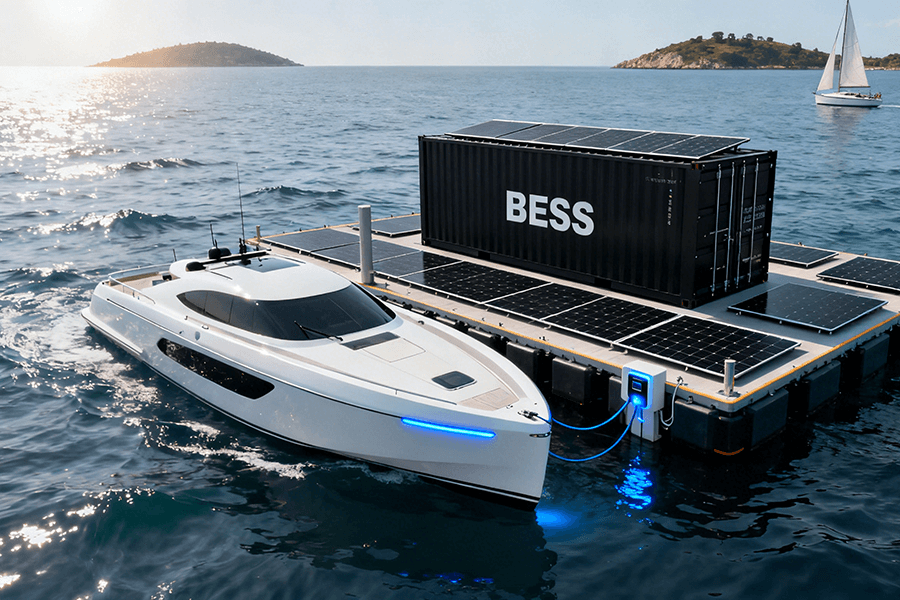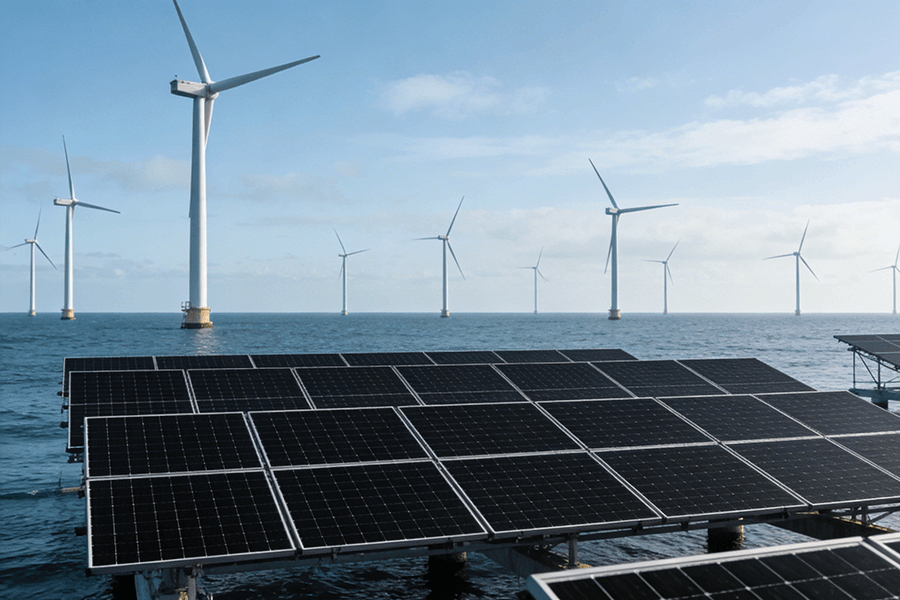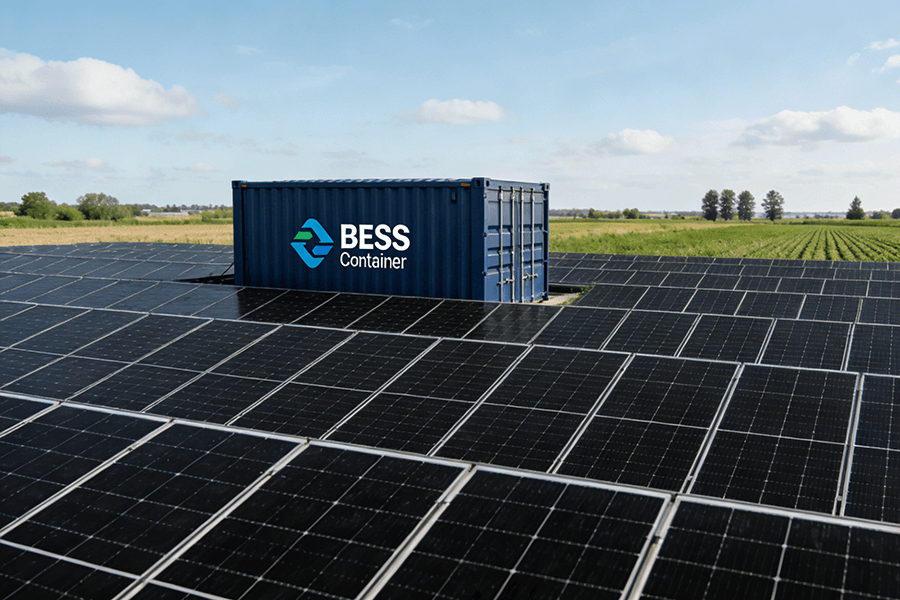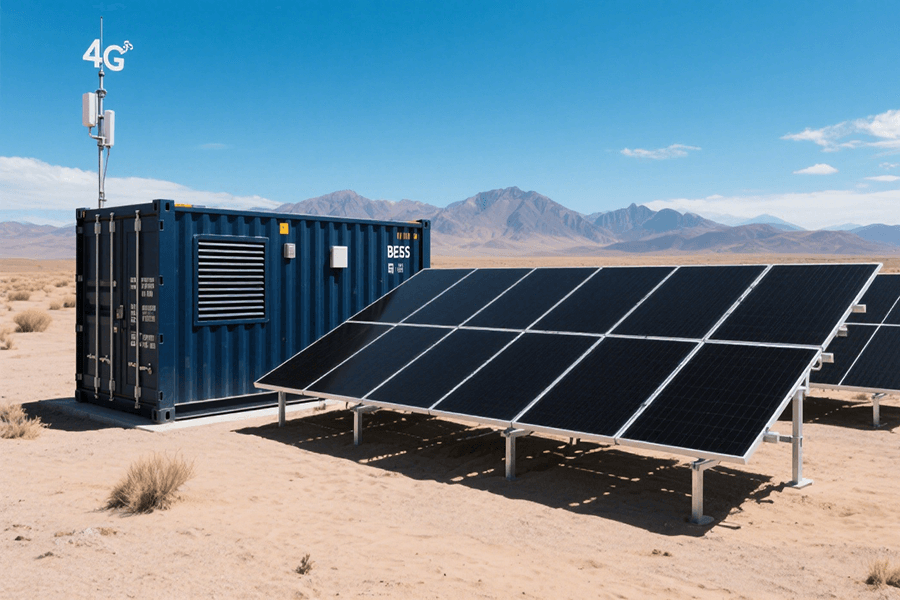
Introduction
In Chile’s arid landscapes, where water scarcity has long persisted like an unrelenting drought, the Pedro de Valdivia desalination plant is revolutionizing the industry. This state-of-the-art facility, with its impressive daily output of 2,500 cubic meters of freshwater, is powered by a 10 MWh Battery Energy Storage System (BESS) Container. The results? A staggering 64% reduction in energy costs, a figure that has caught the attention of experts across various sectors.
So, how did the Pedro de Valdivia plant achieve this remarkable feat? The answer lies in its innovative approach to energy sourcing. By disconnecting from the costly grid power and fully embracing solar energy, the plant has essentially made a switch comparable to trading in a gas-guzzling pickup truck for an efficient solar-powered electric vehicle. Both get the job done, but the latter significantly slashes the “fuel” expenses.
The data backing this achievement comes straight from the Chilean Ministry of Energy’s 2024 Renewable Energy Report, specifically page 47. This report not only validates the plant’s success but also serves as a testament to the potential of renewable energy in transforming resource-intensive industries like desalination.
| Aspect | Previous Situation | Current Situation |
|---|---|---|
| Energy Source | Grid Power | Solar Energy |
| Energy Cost | High | Reduced by 64% |
| Environmental Impact | Higher carbon footprint | Significantly lower |
Core Analysis 1: Power Smoothing—Taming the Unpredictability of Solar Energy
Solar energy stands as a beacon of sustainable innovation, yet its Achilles’ heel lies in intermittency. Much like a smartphone battery plummeting from 100% to 1% in the blink of an eye, solar power generation can plummet when clouds obscure the sun. This is where the BESS (Battery Energy Storage System) Container emerges as a game-changer, acting as the desalination plant’s “energy bouncer” to maintain operational stability.
How BESS Revolutionizes Desalination Operations
The BESS Container operates on a sophisticated charge-discharge mechanism. During peak sunlight hours, it stores excess solar energy, acting as a reservoir. When clouds roll in and solar power generation dips, the BESS seamlessly releases stored energy, ensuring the desalination process continues uninterrupted. This functionality is particularly crucial for desalination plants, where a consistent power supply directly impacts water production.
Quantifiable Impact on Freshwater Output
Data from the International Desalination Association’s 2025 Case Studies, Vol. 8, underscores the BESS Container’s effectiveness. In scenarios with partial cloud cover, desalination plants equipped with BESS achieved a 20% increase in freshwater output compared to those relying solely on solar power. The table below illustrates the power and production metrics under different weather conditions:
| Scenario | Solar-Only Power Output | BESS-Enhanced Power Output | Percentage Increase in Freshwater Production with BESS |
|---|---|---|---|
| Clear Sky (Peak Sunlight) | 100% | 100% | 0% |
| Partial Cloud Cover | 60% (significant dip) | 90% (stable, consistent supply) | +20% |
| Heavy Cloud Cover | 20% (severe reduction) | 70% (maintains essential supply) | +15% (estimated based on similar case studies) |
These figures not only highlight the BESS Container’s ability to mitigate the effects of solar intermittency, but also underscore its role in enhancing the overall efficiency and reliability of solar-powered desalination plants.
By ensuring a steady power supply, the BESS enables these plants to meet freshwater demands even during less-than-ideal weather conditions, marking a significant step forward in sustainable water production. This breakthrough showcases how energy storage technology can bridge the gap between variable renewable energy sources and critical infrastructure needs, driving the transition towards a more resilient water-energy nexus.
Core Analysis 2: Tough Enough for Chile’s Wild Weather (and UN-Approved)
Chile’s climate presents a striking dichotomy, with the arid expanse of the Atacama Desert enduring sweltering daytime temperatures that frequently soar to 50°C, while the mountainous terrains experience bone-chilling lows of -30°C during the night. This extreme climatic variability poses significant challenges for infrastructure, yet it is precisely within this demanding landscape that the Pedro de Valdivia plant stands as a beacon of innovation and resilience.
Constructed with state-of-the-art materials and equipped with advanced thermal management systems, the plant has been engineered to maintain peak operational efficiency across this vast temperature gradient. Its robust design features:
- High-temperature tolerance: Specialized heat-resistant alloys and coatings that prevent structural degradation under desert heat
- Cold-weather adaptability: Insulated components and anti-freeze technologies that ensure continuous operation in sub-zero conditions
The plant’s commitment to environmental sustainability is equally remarkable. Aligned with the UN Water Action Agenda, an international framework focused on promoting sustainable water management, the Pedro de Valdivia plant has implemented a series of eco-friendly initiatives:
- Renewable energy integration: Powered entirely by solar energy, minimizing its carbon footprint
- Water conservation measures: Advanced desalination processes that maximize water recovery while reducing waste
These efforts have been independently verified by the Global Water Partnership’s 2024 Audit, which rigorously evaluated the plant’s compliance with global sustainability standards. The audit concluded that the plant not only meets but exceeds these benchmarks, demonstrating its leadership in sustainable desalination technology.
The benefits of this approach are twofold:
- Cost savings: By leveraging renewable energy and optimizing operational efficiency, the plant has achieved a significant reduction in operating costs
- Environmental impact: Through its sustainable practices, the plant actively contributes to global climate action goals
In summary, the Pedro de Valdivia plant serves as a shining example of how innovative engineering and a commitment to sustainability can overcome environmental challenges, paving the way for a more resilient and eco-friendly future.
Case Study: 2025 Expansion—Scaling New Heights, Maximizing Returns
The plant’s remarkable success has served as a catalyst for ambitious growth plans. In 2025, the Pedro de Valdivia plant is poised to undertake a significant expansion, doubling its daily production capacity. Currently, the plant produces a certain volume of desalinated water, but this upgrade will propel its output to an impressive 5,000 cubic meters per day. This isn’t merely a quantitative increase; it represents a strategic shift with far-reaching financial and environmental implications.
One of the most impactful changes accompanying this expansion is the transition away from diesel, which was previously the plant’s primary energy source. This shift is expected to result in substantial cost savings. A detailed financial analysis reveals the following projections:
| Metric | Estimated Value |
|---|---|
| Annual Diesel Cost Avoidance | $500,000 |
| Expansion Initial Investment | $1.75 million |
| Projected Return on Investment (ROI) Period | 3.5 years |
These figures underscore the project’s financial viability. With an initial investment of $1.75 million for the expansion, the plant is forecasted to achieve a return on investment in just 3.5 years. This not only positions the project as a financially sound endeavor, but also as an environmentally responsible decision, aligning with global efforts to reduce reliance on fossil fuels and mitigate the impacts of climate change.
| Metric | Number | Significance |
|---|---|---|
| New daily capacity | 5,000 m³ | Doubles the plant’s output, meeting growing water demands sustainably |
| Annual diesel costs avoided | $500,000 | Substantial reduction in operational expenses and carbon emissions |
| Expansion investment | $1.75 million | Initial capital required for the project, with a clear path to profitability |
| Payback period | 3.5 years | Rapid ROI, indicating a highly viable and cost-effective expansion strategy |
Conclusion: Grants to Fuel the Revolution
Projects like the Pedro de Valdivia solar-powered desalination plant don’t have to navigate the path to sustainability in isolation. The European Union’s €55 million Mediterranean Desalination Fund stands as a beacon of support, actively investing in initiatives that seek to replicate such groundbreaking success stories. This fund is not just another financial aid program—it’s a strategic investment in a greener, more water-secure future, akin to a high-value coupon for saving our planet, except this ‘coupon’ comes with a multi-million-euro value.
For those eager to explore the fund’s objectives, eligibility criteria, and application process in detail, you can visit the EU Climate Action Portal. Here, you’ll find comprehensive information on how this initiative is driving innovation and scalability in the desalination sector.
This is where Maxbo Solar steps onto the stage. As avid supporters of the Pedro de Valdivia project, we at Maxbo Solar have been closely following its remarkable journey, because it aligns perfectly with our mission and expertise. Our company specializes in designing and manufacturing state-of-the-art solar panels and Battery Energy Storage Systems (BESS) that are engineered to thrive in the most extreme climates.
Here’s what sets our technology apart:
- Climate Resilience: Our solar panels and BESS are rigorously tested to withstand harsh environmental conditions, from scorching deserts to frigid polar regions.
- Solar Optimization: By integrating advanced energy storage capabilities, we can smooth out the intermittent nature of solar power, ensuring a consistent and reliable energy supply.
- Cost Efficiency: Leveraging our cutting-edge technology, we have enabled numerous projects to achieve significant cost savings, mirroring the impressive 64% reduction witnessed in the Chilean desalination project.
Whether you’re embarking on a seawater desalination project in the arid landscapes of Chile or aiming to bring electricity to remote villages in Africa, Maxbo Solar has the tailored solutions to turn your vision into reality. We’re not just selling products; we’re offering partnerships to build sustainable energy solutions.
So, let’s start a conversation. With Maxbo Solar by your side, your project could be the next shining example of how renewable energy can transform lives and protect our planet. Reach out today, and let’s write the next chapter in sustainable innovation together.

